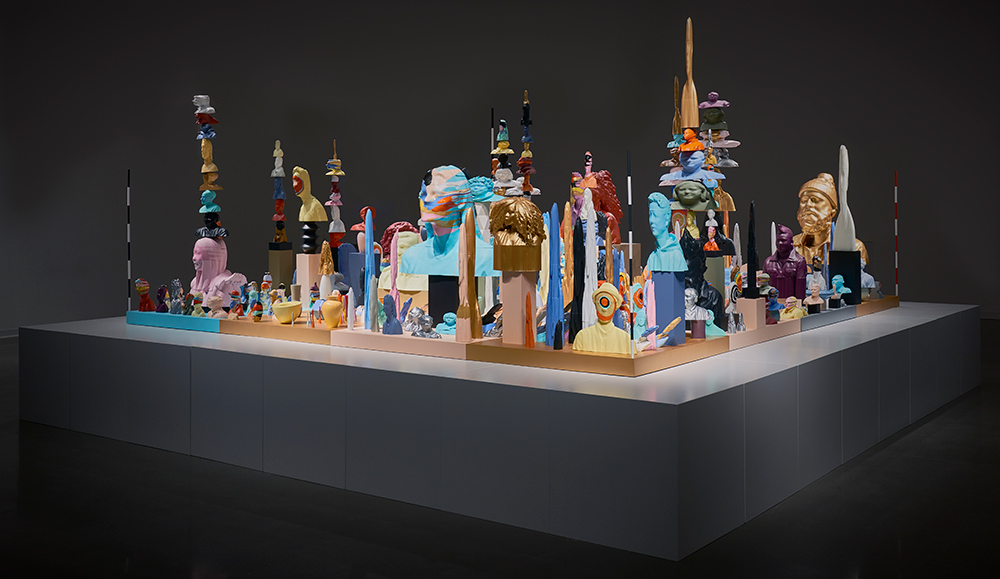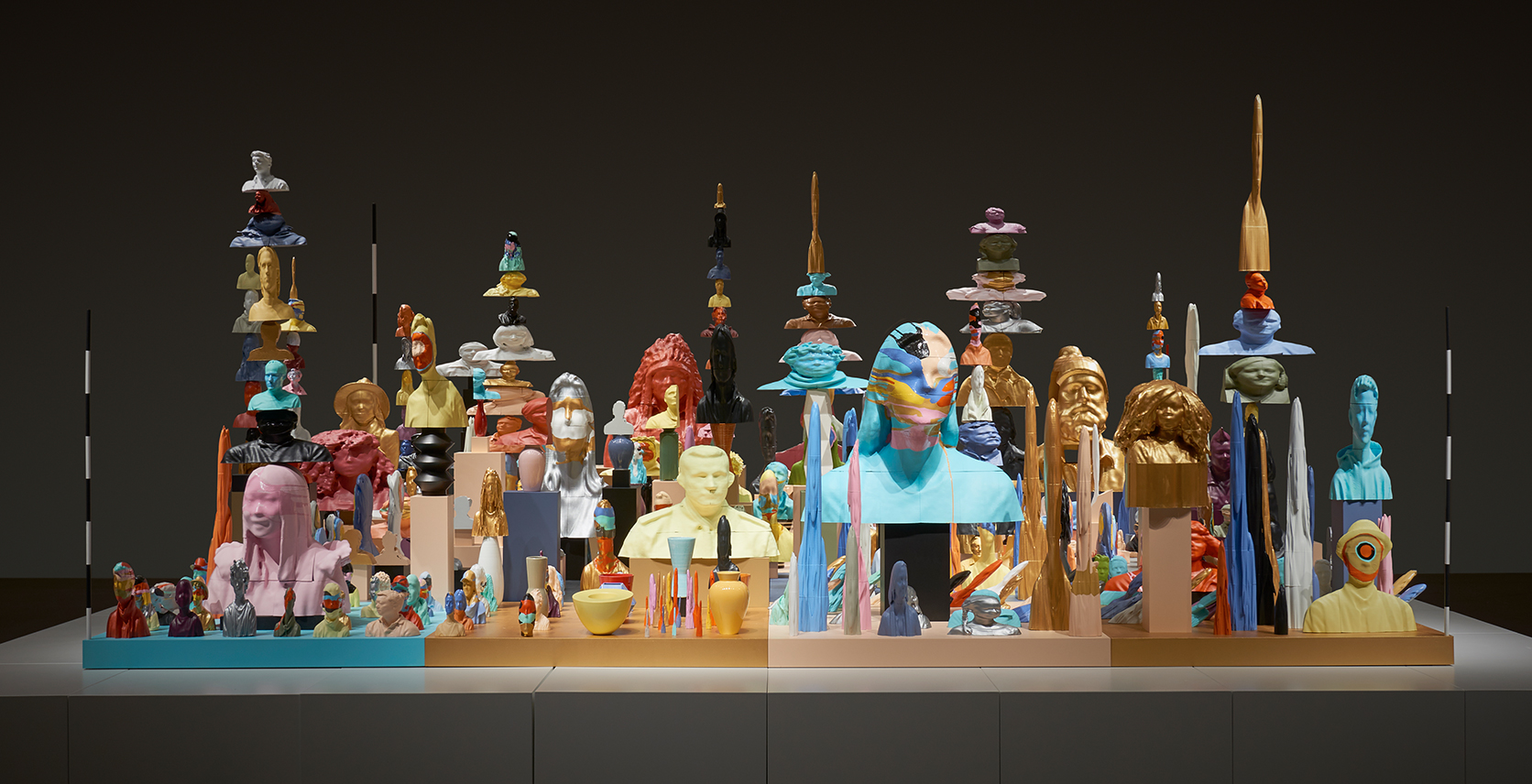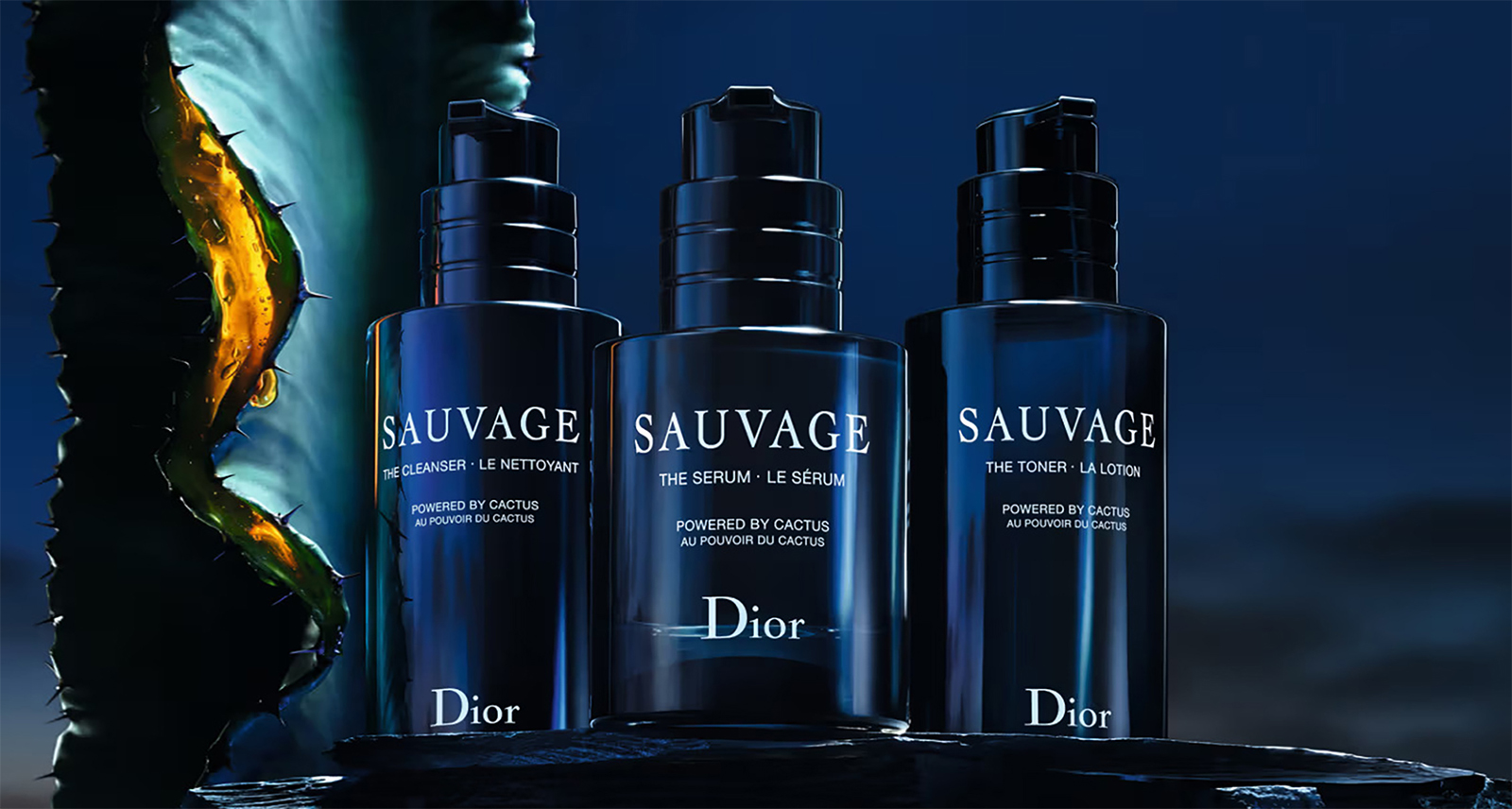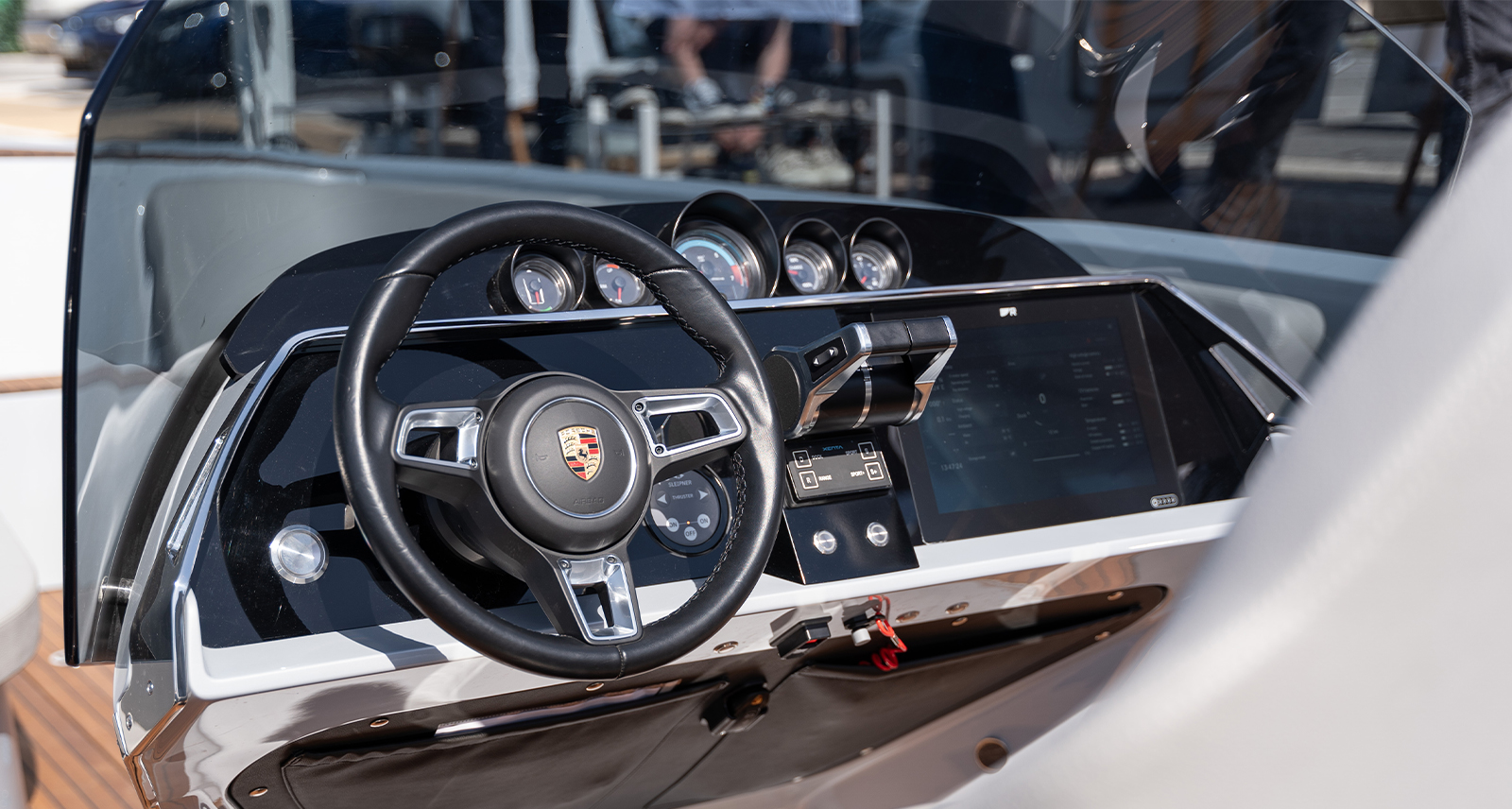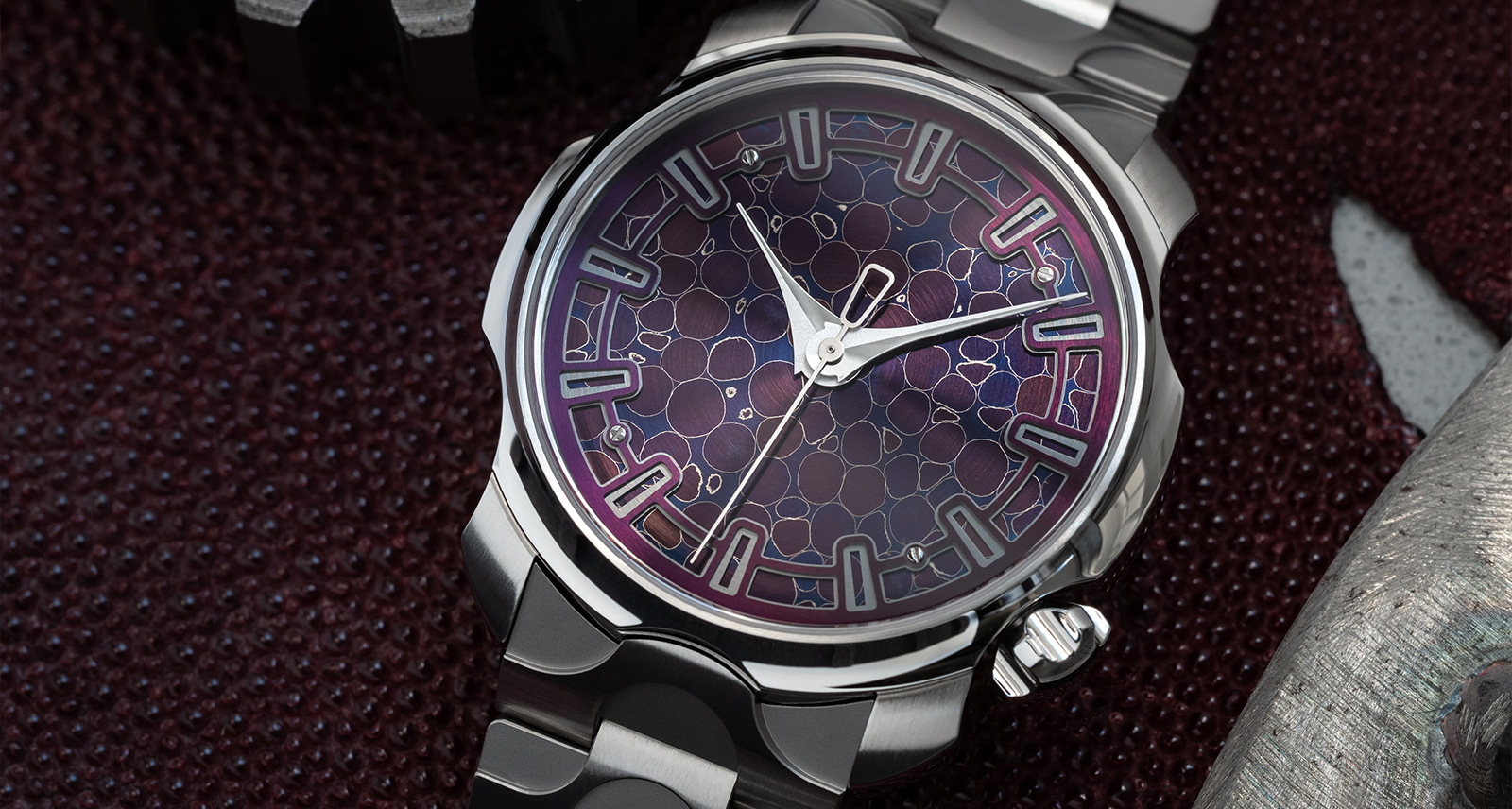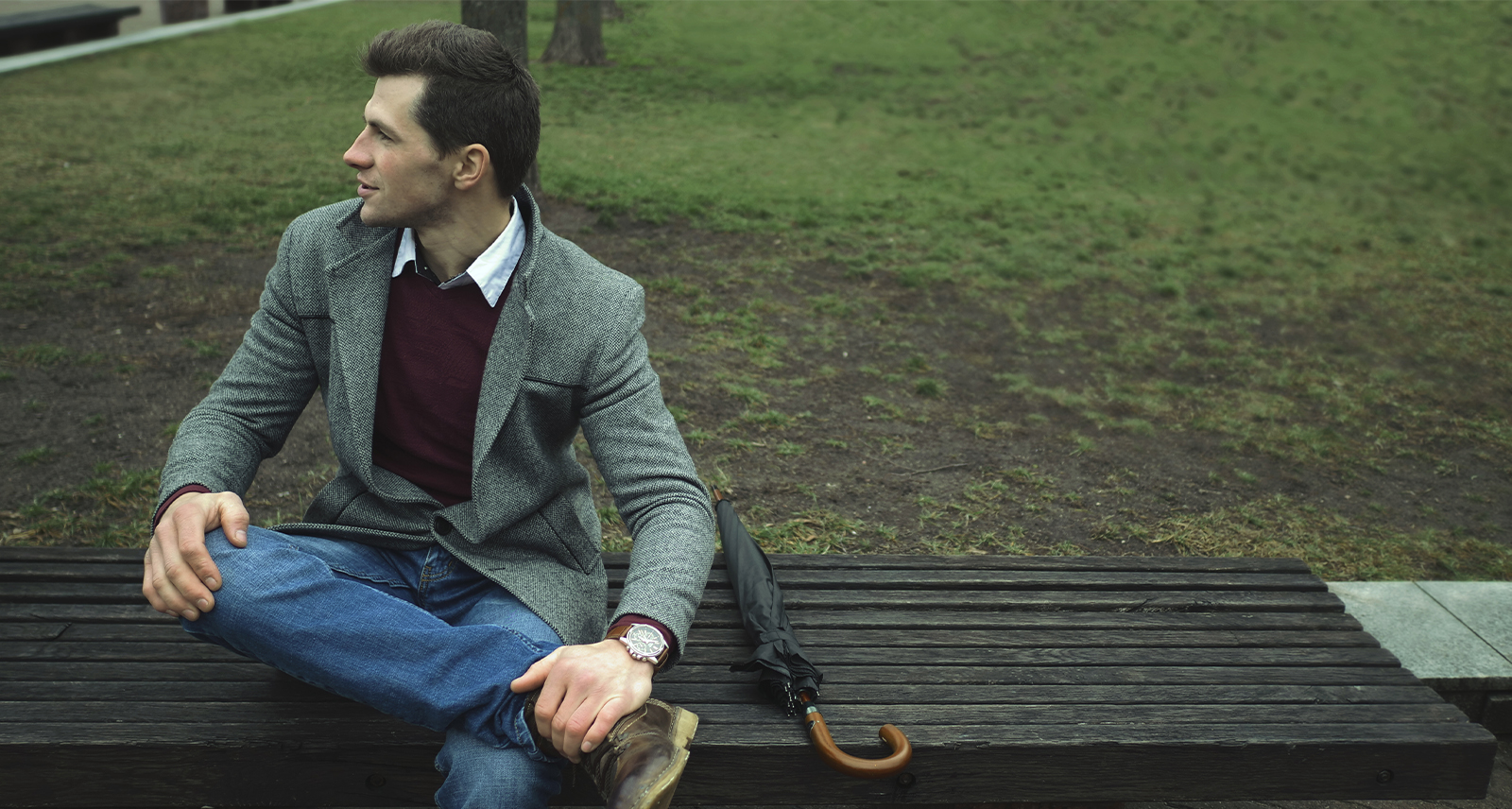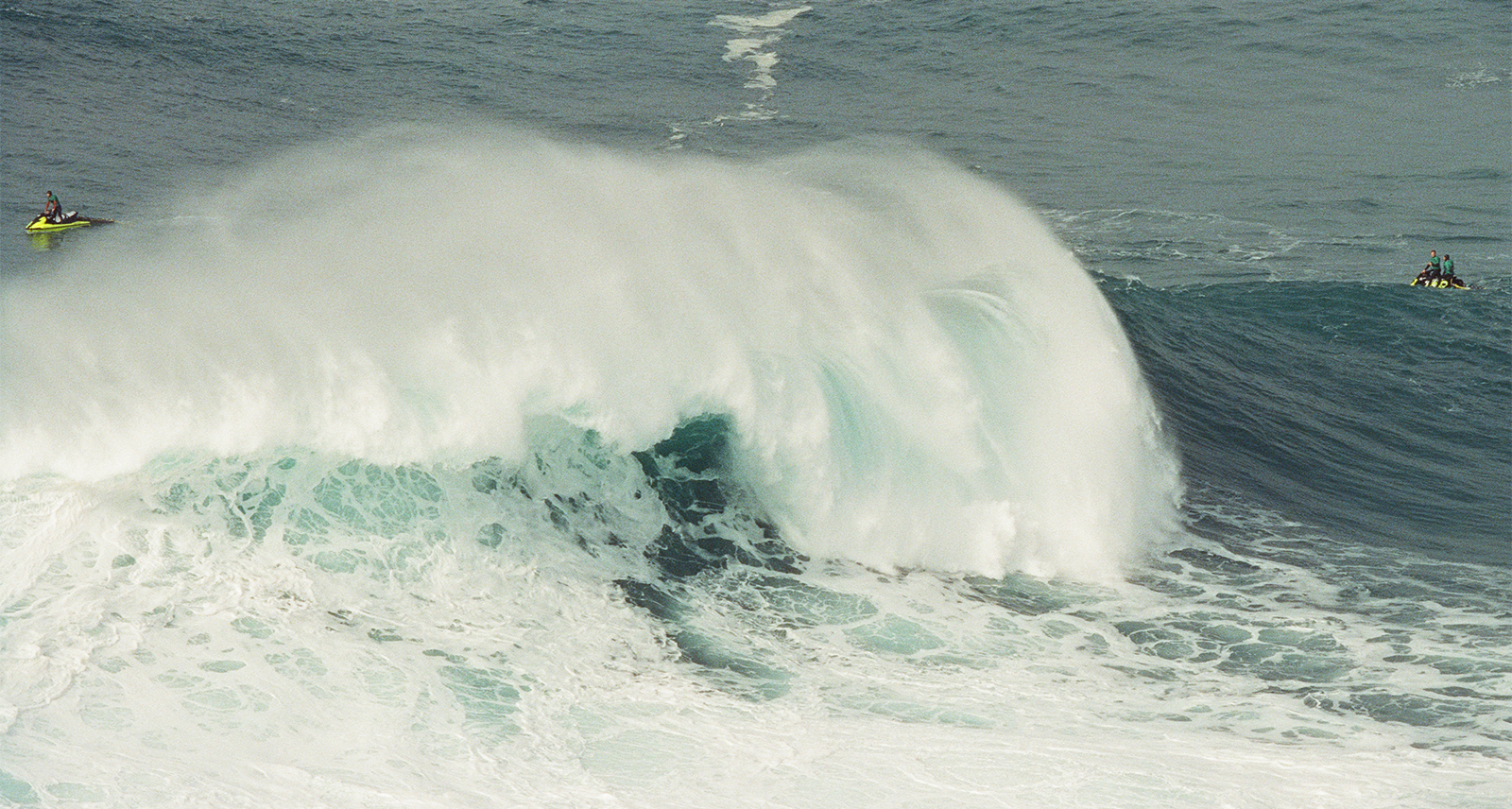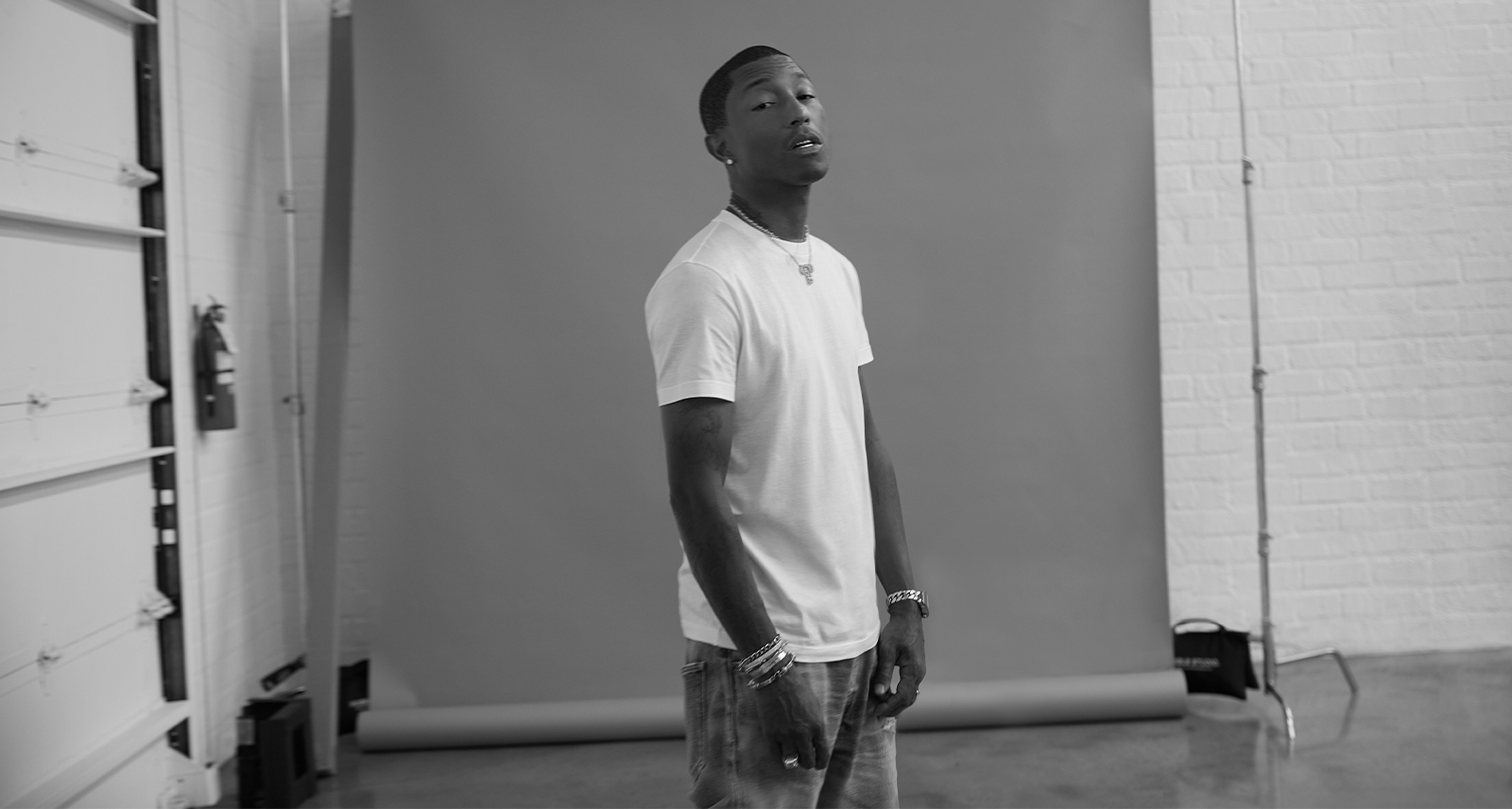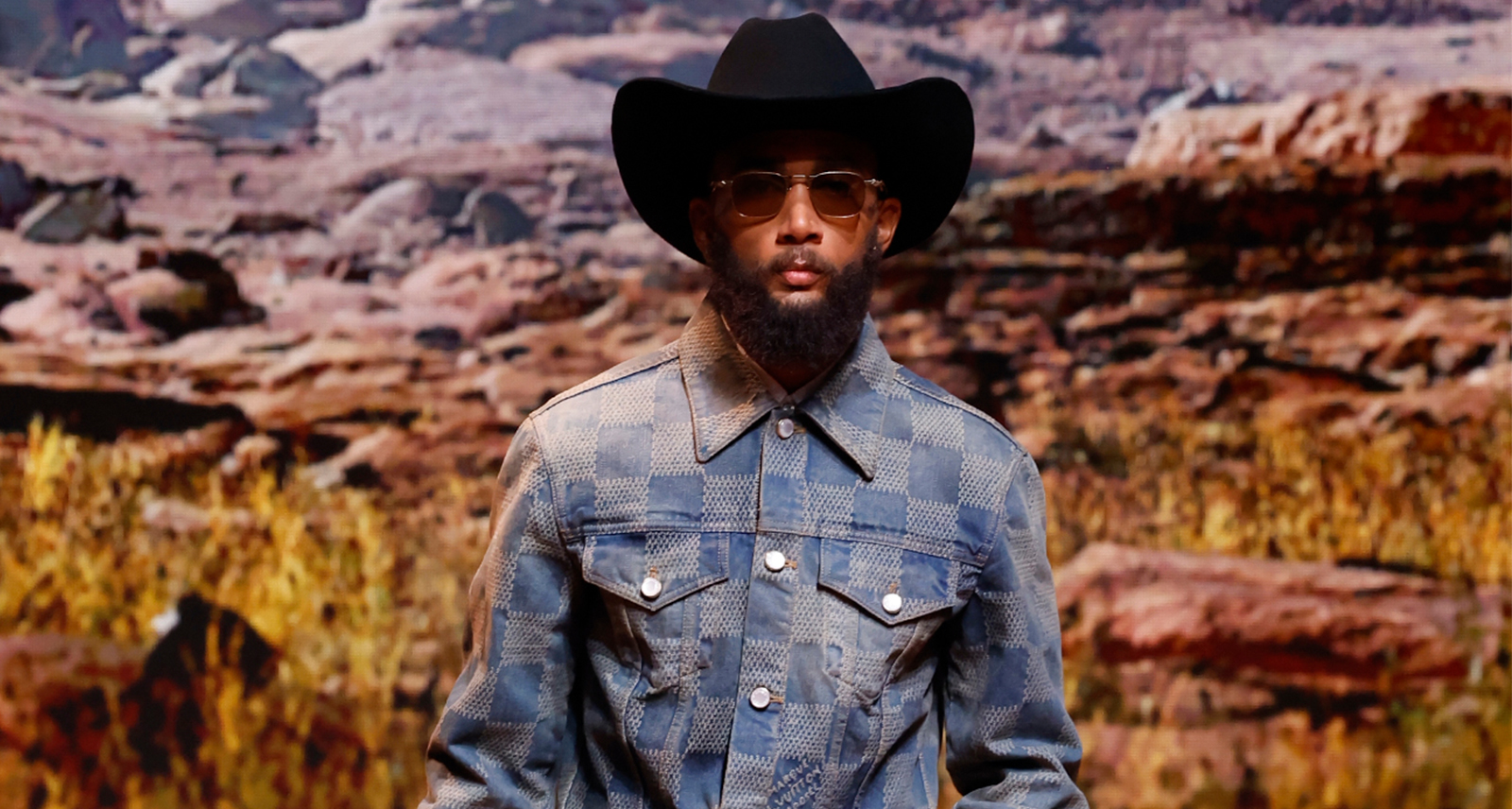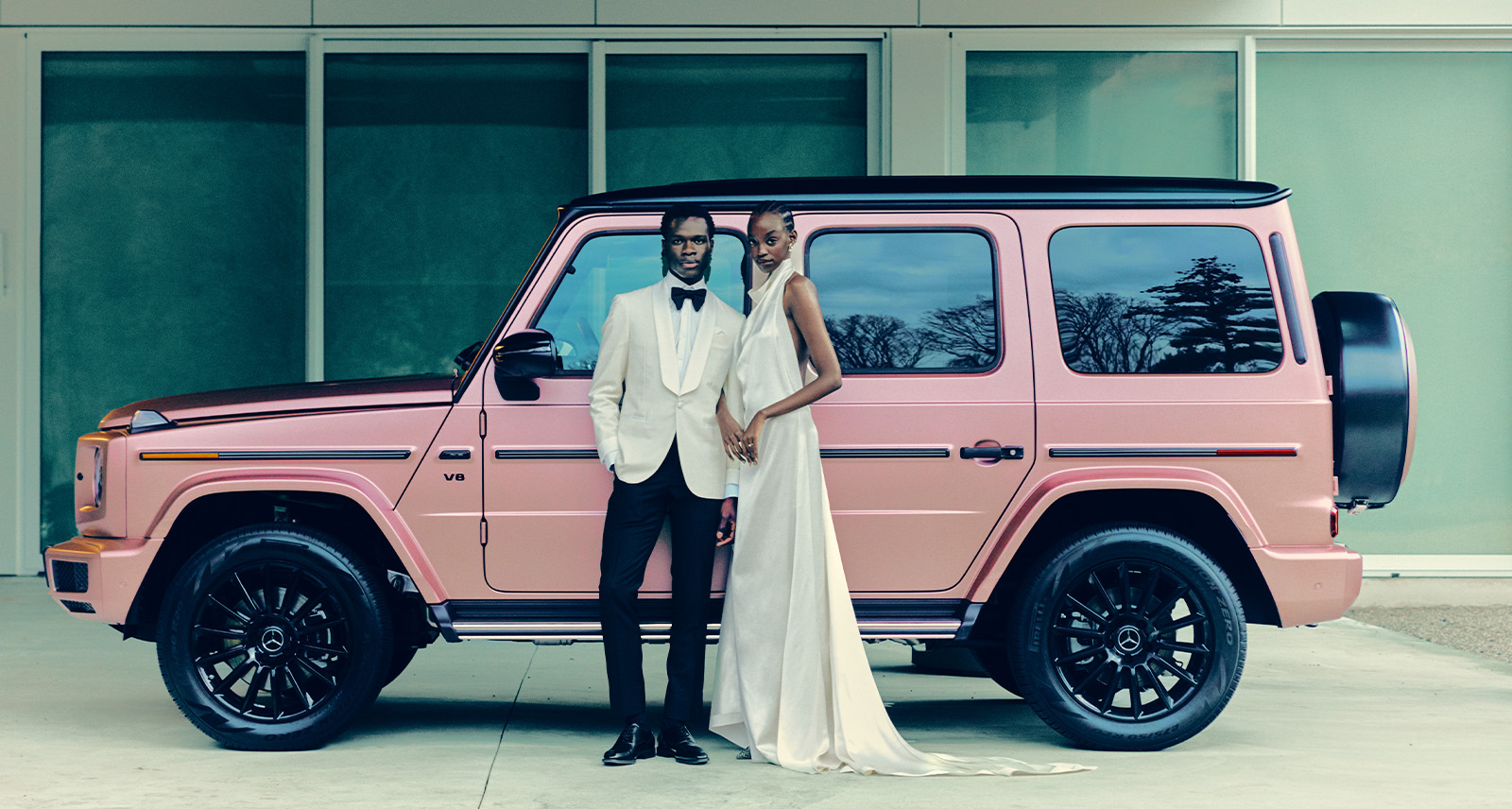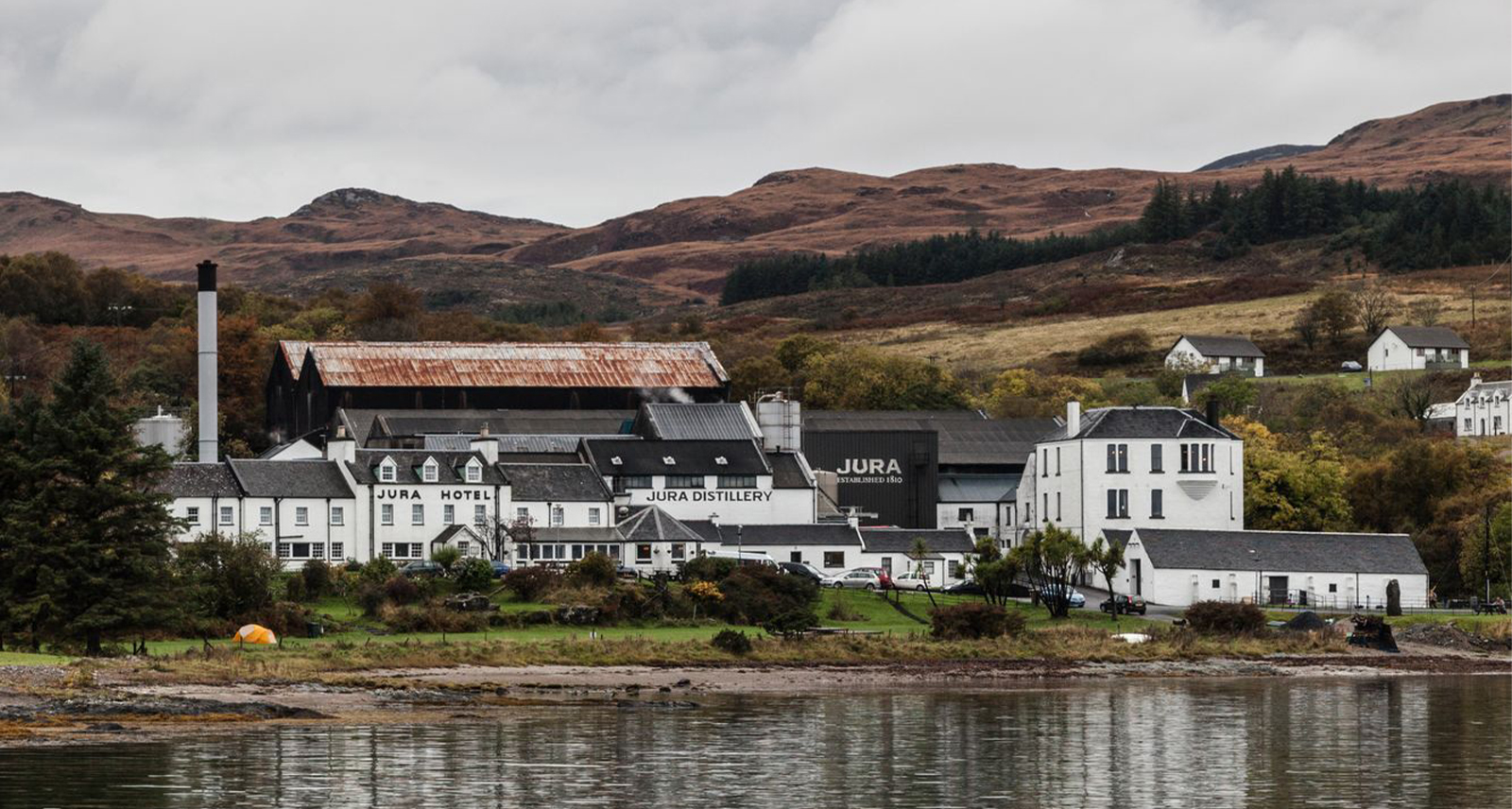Douglas Coupland on His Trippy, 3D-Printed Portrait of Canada
Despite 3D printing being one of this century’s most revolutionary advancements, we’ve seen people use the technology for some fairly dumb shit lately: bongs, fetuses, firearms, etc. But at least Douglas Coupland is out here applying the next-gen machinery to a slightly more worthwhile purpose: creating a national portrait of Canada in 2018. The Generation X author/visual artist’s aptly-titled latest work The National Portrait, a wild collection of 1,000 3D-printed busts of Canadians, opens at the Ottawa Art Gallery on Friday. And it looks a lot cooler than this.
Coupland hatched the plan for the project over three years ago with some help from Peter Simons, co-owner and president of Simons. The pop culture polymath was working on a different art commission for the department store at the time, and during a visit to his studio, Simons saw 3D printers at work creating miniature busts. The two began discussing what a 3D portrait of the nation might look like.
Well, it looks something like this: a vast array of warped, technicolour heads varying in size and shape, some of them smushed down, some of them stretched tall, some of them stacked atop one another like flapjacks. The outré installation is made from hundreds of 3D-printed portraits of everyday Canucks, scanned voluntarily at Simons stores during a cross-country tour. All together, they resemble a diverse crowd at a street festival, or what a bowl of Fruity Pebbles might look like at the height of an intense acid trip.
We caught up with Coupland, via email (since he apparently hates phone conversations), to pick his brain about just what in tarnation this thing’s all about.
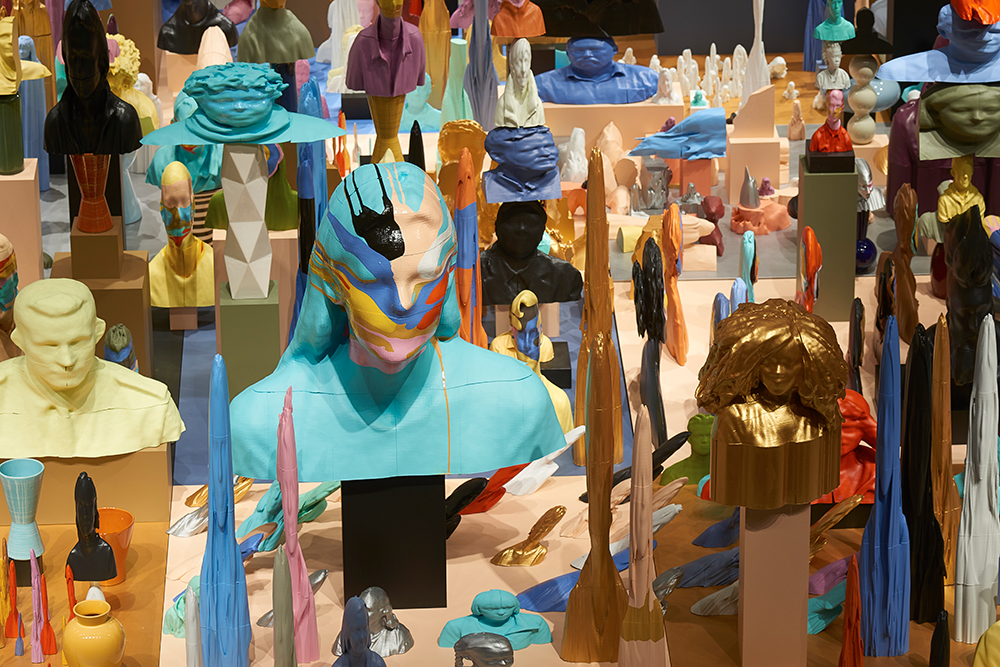
Why did you feel it was necessary to make a portrait of Canadians in the 21st century?
I don’t know about necessary, but it did feel right. Peter Simons was in my studio a few years ago and we got into a large discussion about what 3D printing was going to do to “sculpture” in the same way that people asked what photography would do to painting in 1860. This sort of discussion is inevitable when discussing the evolution of culture.
What does The National Portrait say about art and technology, and their relationship, today?
Suddenly we’re allowed to look at ourselves in the mirror from behind. The moment of shock and conversion for most people is when they get their bust — even at a tiny bust — and suddenly they never look at the third dimension the same way ever again. That’s magic.
This project was created in partnership with Simons. In the press release you’re quoted as saying it hijacks “the aesthetics of retail display.” What are your feelings on modern retail?
So many of my favourite artists emerged from retail culture and window dressing — Warhol , Johns and Rauschenberg to name three. We live in a hyperconsumeristic world; artists come from the world — it’s how culture works and always will.
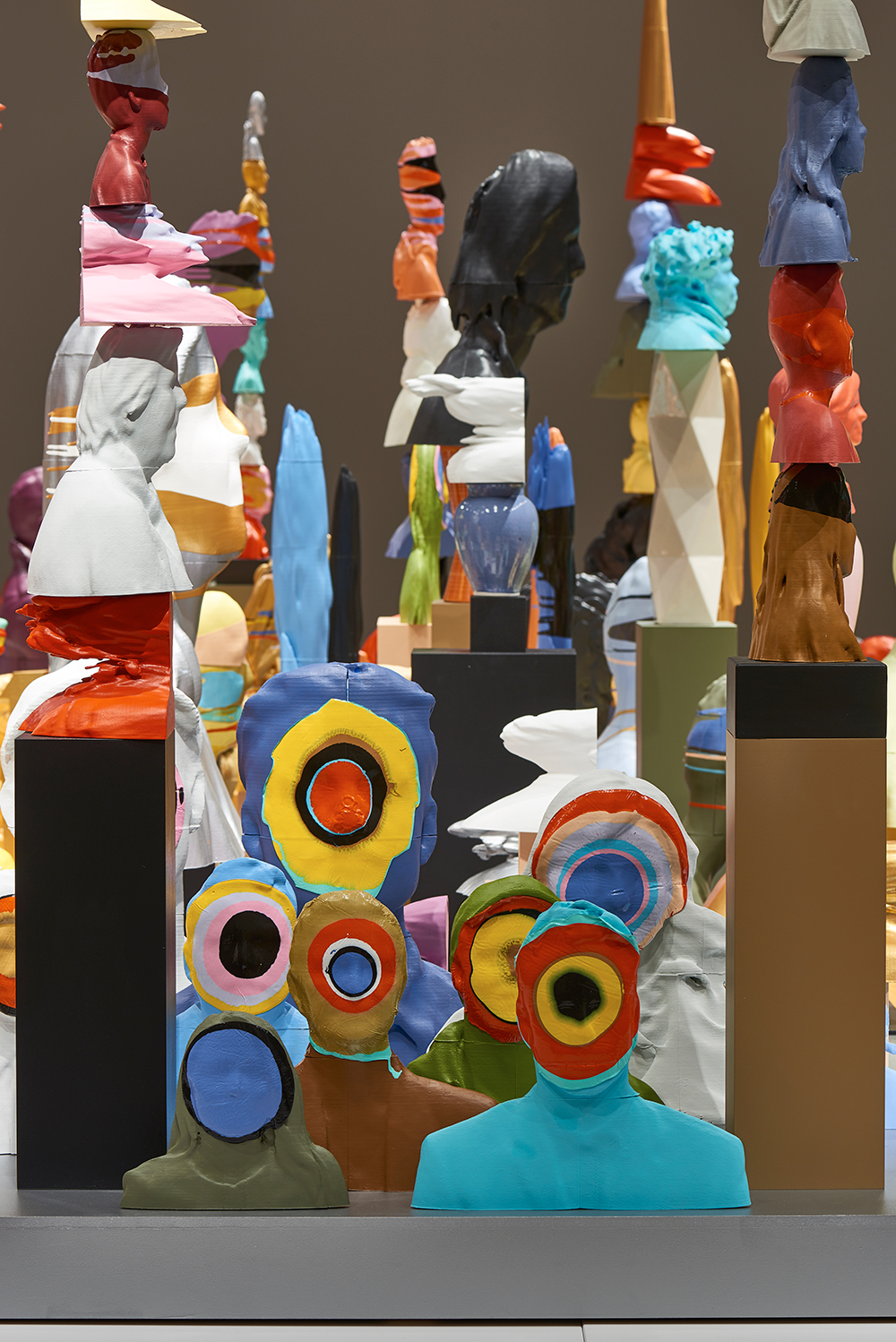
Through 3D Canada, what did you learn about Canada at this point in time? What’s the takeaway?
It sounds very harsh to use a term like “takeaway” — and I don’t think you meant to be harsh. Art isn’t necessarily about an emotional deliverable.
The idea of scanning people’s heads got me thinking about the age of the selfie. What’s your opinion of the selfie phenomenon?
I don’t want to be dismissive, but nobody discusses selfies any more. There simply here and we live with them. People will always be fascinated by how they appear to others, but then, Oscar Wilde said, “The last thing we ever learn in life is the effect we have on other people.”
